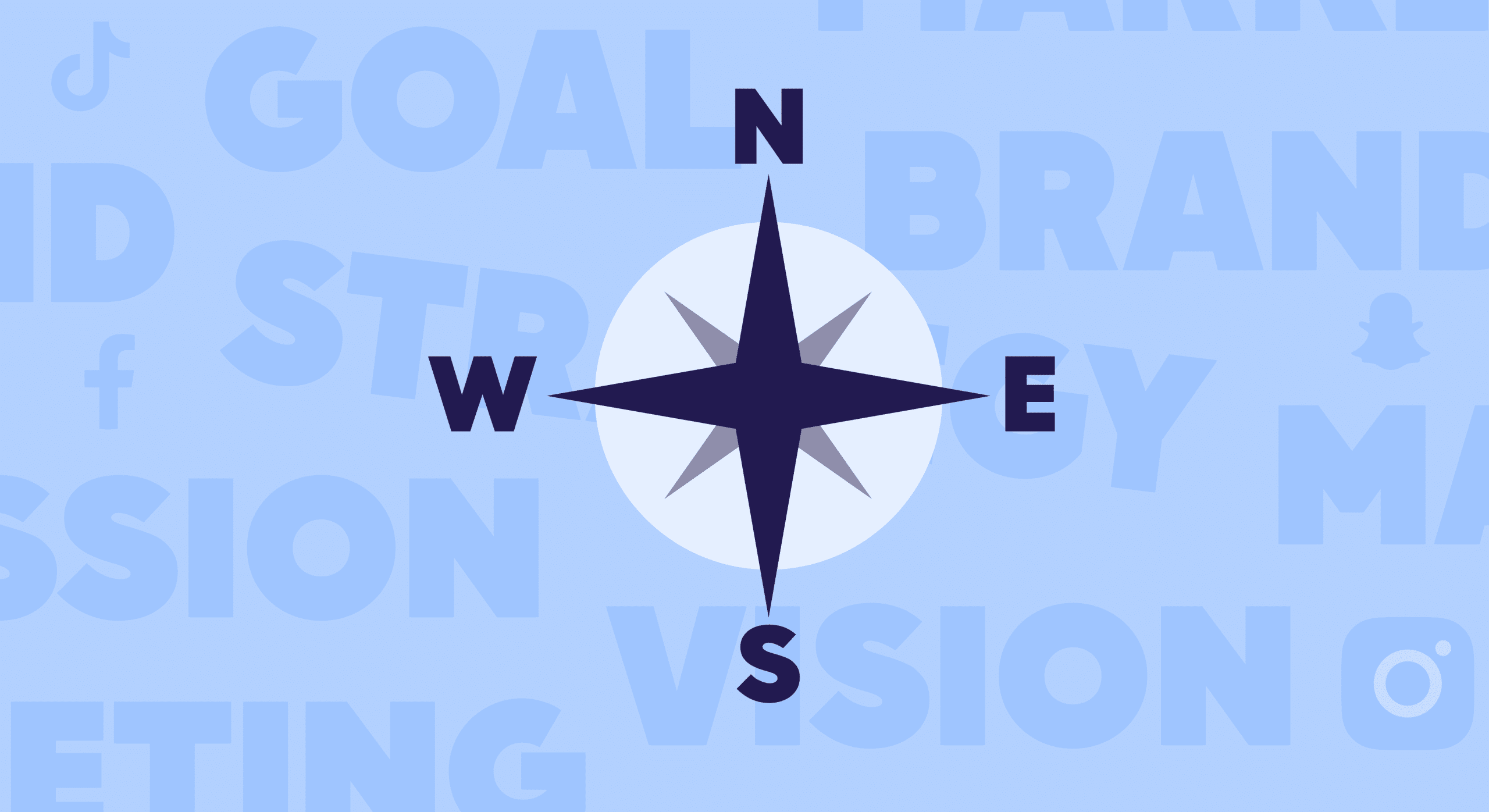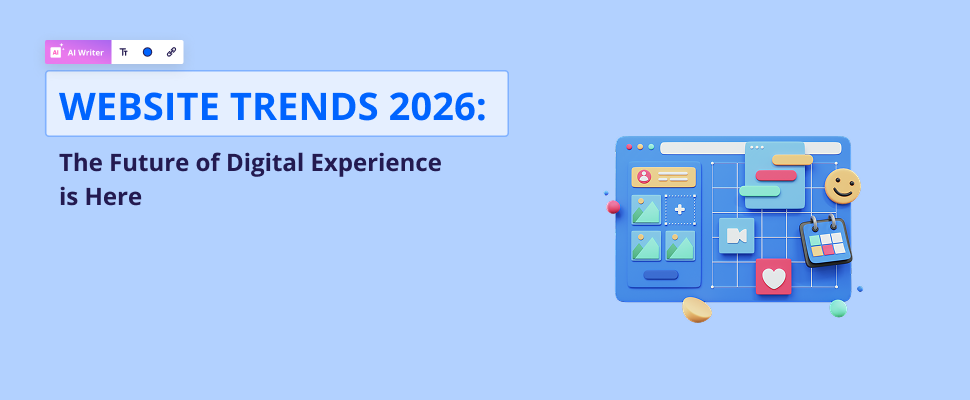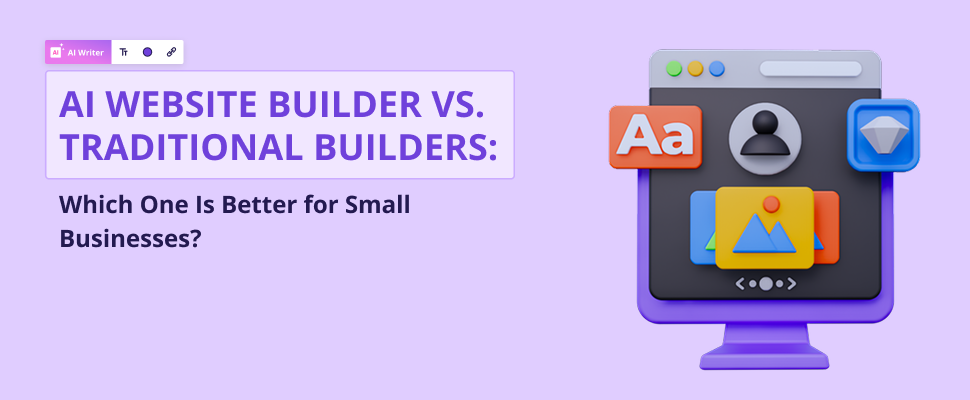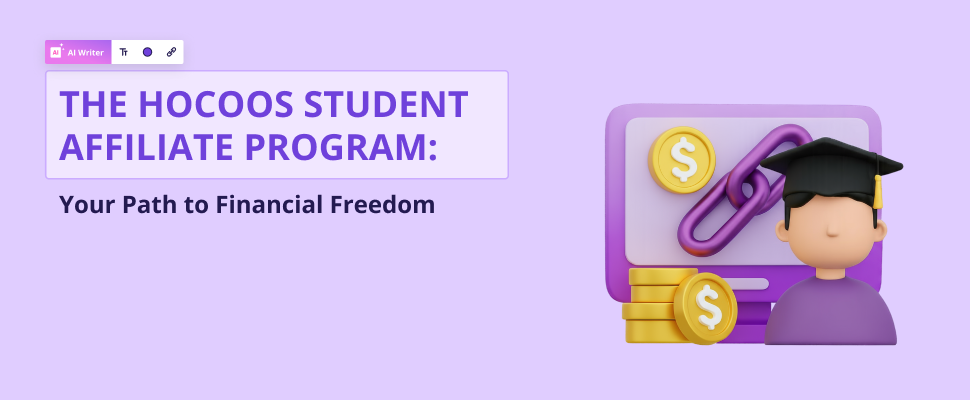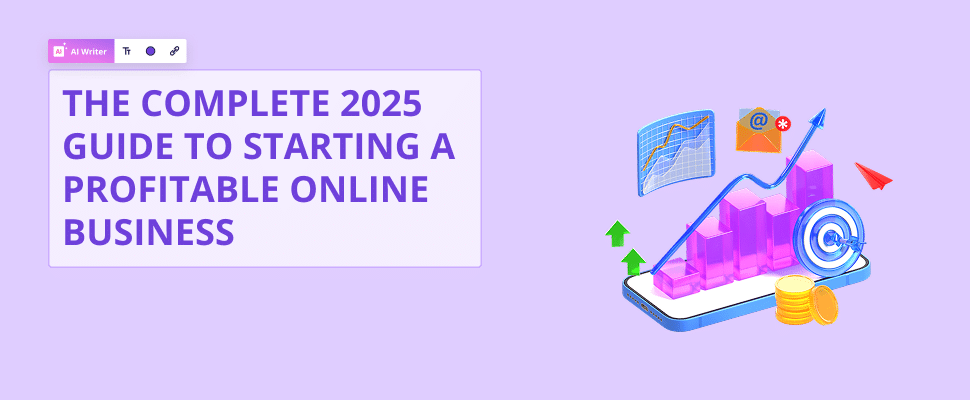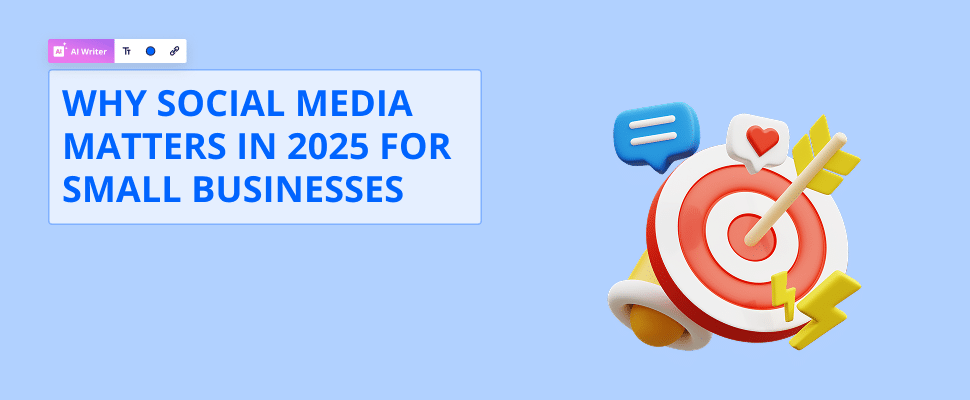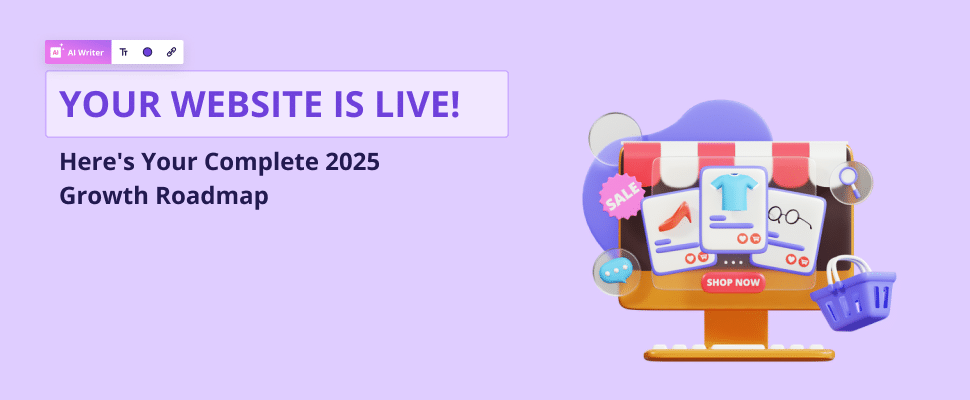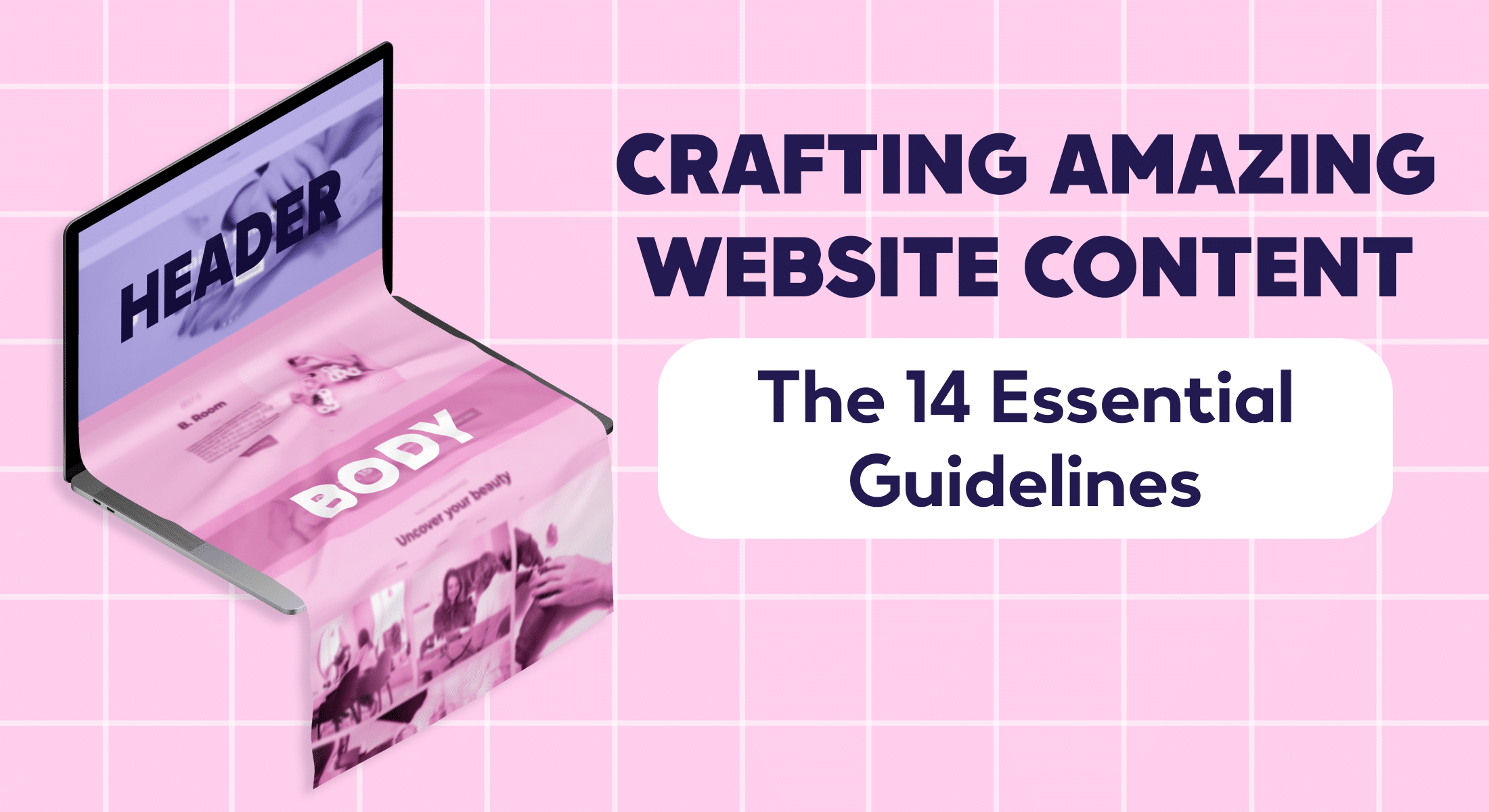
Amazing Website Content Creation: The 14 Essential Guidelines
28 min to read
INTRODUCTION
Why Does Website Content Creation Matter?
With more customers moving online, your website is essentially the face of your business. It’s not just an accessory or placeholder; it’s a powerful tool that can seriously help – or hinder – your brand image.
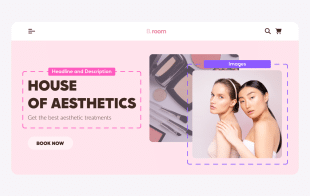
High-quality website content does two pivotal things:
- It helps engage and entertain your audience.
- It boosts your search engine ranking through SE
Ignoring your content and not creating a practical marketing strategy is a costly mistake. You’re not just missing out on connecting with both potential customers and existing customers; you also risk ruining your brand image and wasting the work it took to build.
In short, solid website content is not just good to have—your business needs it to succeed in the online marketplace.
What You’ll Get From This Guide
Whether you’re a small start-up, an established business owner, a digital marketer, or someone interested in increasing their online footprint – the core content guidelines covered here apply to everyone, offering all the practical content insights you need.

Together, we’ll go through 14 essential guidelines for website content creation. By following the steps outlined in this article, you will benefit from:
- Improved SEO rankings.
- Increased user engagement.
- Longer dwell time on your website.
- A boost in conversion rates.
- Enhanced credibility
- Lasting customer loyalty
Now, read on to discover how to transform your website content from ‘meh’ to ‘amazing!’
1 – UNDERSTANDING YOUR AUDIENCE
User Personas
The first (and most important) step in creating website content that connects with your target audience is understanding who that audience is. User personas (or buyer personas) are detailed profiles of your ideal customer. Building these personas can give you access to super valuable insights, like what your target audience values and how they engage with content on the web.
Understanding your audience’s preferences, pain points, and online behavior with accurate user personas makes it much easier to create tailored website content. This customization in content means more meaningful interactions with your audience and, ultimately, more customers.

Building a user persona is the essential first step of creating engaging content, as it helps you focus your content marketing efforts to improve engagement levels and conversion rates!
Analyzing Visitor Behavior
Just as important as understanding your audience with user personas is understanding how they behave on your website. Analytics tools can offer information beyond simple metrics like page views or click-through rates. These tools can tell you how users navigate your site, which content is captivating them, and where they might be getting bored before leaving your site.
Taking the time to study visitor behavior helps you make more informed decisions about the content you’re creating. Rather than guesswork, you’re actively tailoring your marketing efforts and material based on actual data points. This lets you:

- Adjust your Website Experience
By understanding how users interact with your website, you can adjust parts of the journey, improving user satisfaction and engagement. - Concentrate on Engaging Content
By identifying and focusing on content that interests your audience, you know you’re working toward helpful stuff rather than wasting your time. - Identify Areas for Improvement
Understanding visitor behavior lets you work out where your website needs improvement, helping to reduce user drop-offs and maintain engagement.
Analyzing visitor behavior is a crucial early step for your website content creation strategy, as it allows you to understand what is and isn’t working, helping you build more engaging content.
2 – THE BASICS OF SEO
Keyword Research
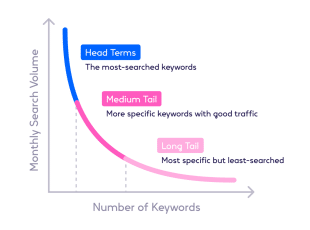
Keywords are the building blocks of any effective SEO strategy. Content may be king, but keywords give the context that helps people find that content. Free tools like Google Keyword Planner and Wordstream make it easy to find the right keywords for your content.
With these tools, you can pinpoint keywords that work well with your target audience. Using them will likely increase your website’s ranking in search engine results. Good keyword research lets you create content that matches what people are searching for.
Creating an SEO strategy is a crucial early step for creating website content, as it allows you to understand what people are searching for, helping you build more engaging and relevant content.
Meta Descriptions
A well-written meta description is an easy way to increase your website’s click-through rate (CTR). This short snippet of text visible in search engine results does more than just summarize the content of a page. It gives potential visitors a brief overview of your website and includes valuable keywords.
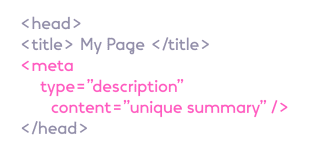
Creating content like a compelling meta-description is a bit of a balancing act, and each one must:
- Be between 150-160 characters.
- Include your main keywords.
- Be absolutely, 100% unique.
- Incorporate a CTA statement.
- Accurately summarize the page content.
A well-written meta description can improve your website’s CTR, meaning you place higher in search engines.
Writing Meta Descriptions as little advertisements for your websites, where the good ones can help encourage users to click through and check out your content.
3 – QUALITY OVER QUANTITY
The Value of Unique Content
The amount of information online is unimaginable, so creating unique content is a great way to stand out and guide your audience toward your brand. The temptation to produce content en masse is real, especially in an online world where information is often considered king. However, it’s important to remember that the crown really goes to good quality content.
Creating content means more than just filling up web pages with text; you must deliver content that provides genuine, practical value to your target audience. Unique content captures attention, builds trust, and establishes your brand as a thought leader in your industry. Focusing on quality over quantity is a strategy that benefits your readers and improves your website’s SEO and overall digital footprint.
Creating Unique Content for your website is a longer-term investment that pays off in customer engagement and brand credibility.
Prioritizing Quality Metrics
Key performance indicators (KPIs) like user engagement, time spent on a page, and bounce rates are helpful when evaluating your own website traffic and content quality. These metrics aren’t just numbers on a dashboard; they reflect the quality of your content and how well your target audience receives it.
By closely monitoring these metrics, you can discover valuable insights that help refine your own content creation workflow process. For example:
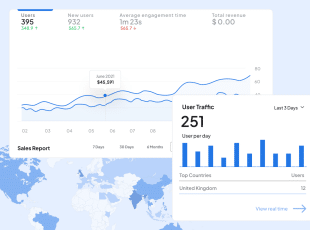
- Low user engagement & high bounce rates – This may mean your content is not meeting the expectations or solving the problems of your target audience.
- Higher time spent on page – This suggests your content is engaging and provides value, warranting further investment in similar topics.
Prioritizing Quality Metrics will give you the insights to improve your content continuously, ensuring it remains relevant, engaging, and effective in achieving your business goals.
4 – CREATING COMPELLING HEADLINES
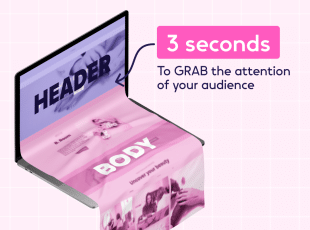
Importance of Headlines
The headline of your web pages or blog posts usually serves as the first point of contact between your content and its audience. It helps decide whether readers want to read more of your material. That’s why the craft of creating compelling headlines is more than just writing clever-sounding titles; it’s an essential skill within content marketing.
A powerful headline first captures attention before encouraging the reader to explore what happens after the opening line. On the other hand, a poorly written headline can put off potential readers before they’ve even started.
Having Awesome Headlines will help influence reader engagement, so putting time into perfecting them is essential for your content strategy success.
The A/B Testing Approach
A/B testing is more than a business tech buzzword; it’s a data-driven plan that can help you improve your content engagement rates. A/B testing provides valuable information about user decision-making. By experimenting with different headline versions, you can gather data to understand what works best with your target audience rather than relying on guesswork.
This analytical approach lets you make informed decisions for optimizing your content. When you use A/B testing for your headlines, you’re actively measuring the impact of the different wording, structures, and styles to see what proves more popular. This lets you improve your headlines and make changes that significantly improve reader engagement and click-through rates.

AB Testing is a strategic tool to test what content works and what doesn’t, and when applied to headlines, it can dramatically improve the effectiveness of your content.
5 – VISUAL ELEMENTS
The Role of Images
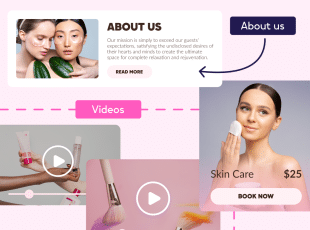
When creating digital content, images are super helpful, pulling much more weight than just making your website visually appealing. They work as points of interest, breaking up larger blocks of text to make your content more easily digestible and engaging. However, the images you feature mustn’t be just filler; they should always enhance and support the message you’re attempting to convey.
Using images that align with and complement your content’s purpose can captivate your readers and deepen their understanding of the material. Well-selected images can reinforce key points, adding emotional resonance to your content and helping to drive home calls to action.
The role of Images is an essential part of any successful content creation process, playing a vital part in supporting your text to create a more effective and engaging user experience.
Video Content
While video might not be new tech, it is becoming an increasingly popular way to share information. Text-based content remains essential, but videos offer a powerful alternative that can often help explain complex ideas more effectively and engagingly. However, the key is to be smart when using video, including it in your content creation process only where it can add value or bring clarity to your message.
When used correctly, videos can help you do three crucial things:
- Break complex subjects down into simple concepts.
- Add a layer of emotional understanding to your ideas.
- Drive audience action through visuals and narratives.
As a result, including video isn’t just an optional extra; it’s a proven method for massively improving the value of your content.
Video Content can help promote your content by improving user engagement and understanding, whether it’s a product demo, a how-to guide, or a heartfelt testimonial.
6 – CRAFTING THE TEXT BODY
Active Voice Vs. Passive Voice
When creating content, choosing between an active or a passive voice isn’t just a stylistic preference; it’s a smart decision that impacts how your message is understood. An active voice makes your writing clearer, more direct, and more engaging, making your written content more relatable to your audience.
When you use an active voice, you put the subject at the front of the action, creating sentences with an immediate and impactful structure. This helps to improve readability and builds a stronger connection between the reader and the content. An active voice is a powerful tool to capture your audience’s attention and convey your message more effectively.
Using an Active Voice is more than just a grammatical choice. It’s a way to ensure your written content is clearer, more engaging, and relatable—qualities essential for effective online communication.
Paragraph Structure
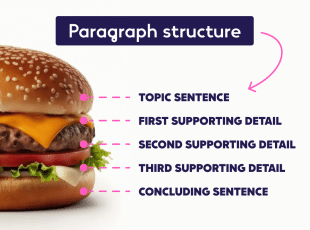
With more information available online than ever, skim-reading is the new norm, meaning the structure of your text is more important than ever. Long, boring paragraphs of text can quickly put readers off from engaging with your content, no matter how useful it may be. Breaking down your content into short, snappy paragraphs makes the information you’re trying to share more digestible and user-friendly.
Structured paragraphs make for easier reading and help to organize your content ideas better, guiding the reader smoothly from one point to the next. Each paragraph should cover a single idea or concept, making it easier for the reader to understand and absorb the information. Doing this will increase reader engagement, enhance understanding of content ideas, and improve the overall readability of your content.
Perfecting Paragraph Structure is vital to making your content more accessible and engaging. Using a streamlined approach to paragraph construction goes a long way to improving user experience and the effectiveness of your content creation process.
7 – CALL TO ACTION (CTA)
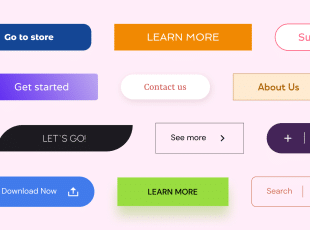
The Significance of CTAs
A well-crafted Call to Action (CTA) is more than just a button or a line of text; it’s an essential tool in guiding the customer journey, significantly influences user behavior, and (ideally) drives conversions. It functions like a map, guiding visitors toward a specific goal, whether to make a purchase, subscribe to a service, or engage with content.
When used well, a CTA serves as a directional cue, guiding website visitors onto the next step of the journey by providing clear, concise directions, helping to reduce bounce rates. A CTA can also be a powerful tool to track engagement, helping businesses fine-tune their strategies based on user responses.
The Significance of CTAs in encouraging user engagement and driving business goals cannot be understated. It’s not just an instruction but an invitation, an opportunity for businesses to communicate value.
Crafting Effective CTAs
Crafting the right Call to Action (CTA) doesn’t have to be a complex process; it’s all about speaking your audience’s language. It’s essentially giving them a friendly nudge to “Buy Now,” “Learn More,” or simply, “Sign Up.” These aren’t just words; they are your way of reaching out and saying, “Hey, here is something cool for you!”
The secret to success is aligning your CTA with what your webpage is all about. Picture your CTA as the most incredible guide who knows all the best spots in town; it takes your visitors by the hand and shows them where the good stuff is without confusing detours.
Crafting an Effective CTA means being transparent, fun, and concise. It’s about finding the most simple but significant way to boost your reach by saying, “Hey, come check out this awesome thing.”
8 – MOBILE-FRIENDLINESS
Why It Matters
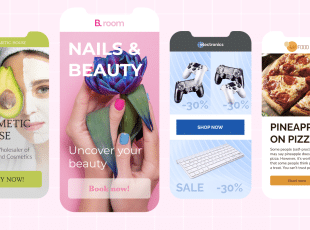
Did you know that over 55% of website traffic comes from mobile devices? Or that over 90% of people who access the internet do so with a mobile phone?
That means making your website mobile-friendly isn’t just an excellent idea; it’s an absolute must! It’s essential to make sure you’re not missing out on connecting with all those people glued to their smartphones and tablets every day.
A mobile-optimized site isn’t just about looking good on a small screen; it’s about creating a space where anyone and everyone can easily find what they’re looking for, no matter the time, place, or device.
Tips for Optimization
Making your website look amazing on mobile is today’s golden rule. Here, we break it down into some simple, actionable tips:
Responsive Design: |
Make sure your site looks great and works well on any device, big or small. It’s all about giving everyone a VIP experience. |
Cross-Device Testing: |
Play around by checking your site on different devices to ensure everything is running smoothly and nothing looks weird. |
Speedy Pages: |
No one likes waiting! Make your pages load in the blink of an eye using smaller images and browser caching. |
Easy-Peasy Navigation: |
As we explained, help visitors find their way quickly with a straightforward menu and well-placed CTAs. |
Interactive Features: |
Spice things up with swipeable galleries and buttons that are a joy to use, encouraging users to stick around and explore. |
Readable Fonts: |
Keep your text easy on the eyes to maintain a pleasant contrast, using fonts that everyone can read without squinting or struggling. |
Local Vibes: |
Give a personal touch by offering localized content based on where your visitors are from. |
Accessible to All: |
Make sure everyone can enjoy your site, including people with disabilities, by offering features like text-to-speech and navigable buttons that are a breeze to use. |
Mobile Friendliness is about putting yourself in your user’s shoes and thinking about things from their perspective – like speed and ease of use – to make sure everyone has a smooth browsing experience.
9 – PROOFREADING & EDITING
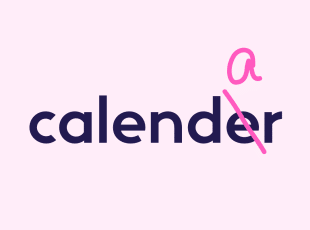
Manual Checks
Let’s face it: even the best of us make the occasional typo or tiny
mistake when writing. That’s why going back and carefully checking everything isn’t just a “nice to do”; it’s a must-do! Missing this step might leave you with embarrassing grammar mistakes or weird sentences that don’t make sense, making everything look a little amateurish.
By giving your content a good once-over, you’re showing your readers that you care about giving them good quality content and accurate information. It’s like rolling out a welcome mat that says, “Come on in, I’ve prepared something great for you!” It builds trust and encourages people to stick around, maybe even share your content or buy what you’re selling.
Manual Checks ensure your content and, by association, your brand – looks sharp and trustworthy, helping create a space where people feel confident to engage and take action.
Software Tools
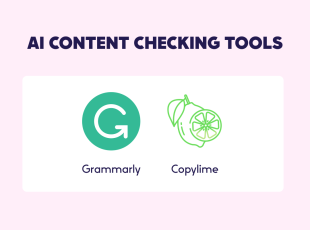
Using handy content creation tools like Grammarly or Copylime (or even a good old word processor spell check) can be a lifesaver when catching those little errors that might have slipped past you. They’re like a safety net, helping you nab those spelling mistakes and grammar hiccups before they reach your readers. Sometimes, the smarter ones can even make suggestions to help improve your writing.
But remember, while these apps are super helpful, they can’t catch everything, especially when it comes to how your content “feels” or flows to a reader. That’s why teaming up these tech wizards with your own two eyes is the winning combo. You get the best of both worlds: a technically clean copy plus that human touch to ensure your content feels natural.
Software Tools are a great way to catch any small mistake you may have missed yourself, but remember to read it yourself to ensure the content’s technically tight and pleasantly readable.
10 – CONTENT UPDATES
Keep Things Fresh
Let’s be honest; absolutely no one’s looking for old, stale content! Creating fresh material isn’t just a one-and-done deal; it’s a continuous journey. Updating things like landing pages and blog post content more frequently is a super effective strategy for a couple of big reasons:
- It boosts your SEO, making it easier for people to stumble upon your site when they’re googling around.
- It keeps your audience returning for more, building a loyal community that loves interacting with your brand.
Keeping Things Fresh by regularly bringing in new content isn’t just about ticking a box; it’s a must-do strategy for anyone looking to keep their audience engaged and their online presence lively.
Scheduling Content Updates
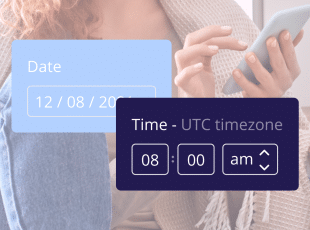
Staying on top of content updates can feel like a never-ending task. This is where a content calendar steps in as your organizational hero, helping you to schedule everything from social media to blog posts. It’s like having a super smart social media assistant who ensures you always share something new and exciting with your audience, whether about seasonal deals or special events.
The cool part? This method keeps your content vibrant and fresh while giving you room to breathe by posting scheduled content for you. No more manually sharing content across social media at all hours. Having your content planned ahead of schedule gives you breathing room to focus on the all-important quality of what you share.
Scheduling Content Updates isn’t just a lifesaver; it’s a strategy powerhouse, setting you up for regular updates that keep your digital space buzzing with life.
11 – LEGAL COMPLIANCE
Copyright Laws
We get it; finding the perfect image or quote to go with your content can be a chore! But it’s essential to make sure you have the right to use those materials. It’s not just about following the law (which is super important to avoid nasty things like fines and lawsuits). It’s also about being fair and respectful to other creators.
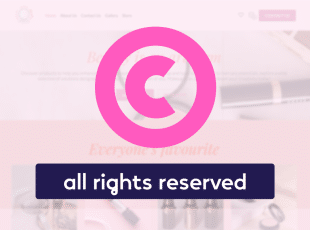
Stepping on other people’s toes can hurt your brand big time, making you look unprofessional and untrustworthy. So, it’s always best to stick to using licensed materials, your own original stuff, or giving a shout-out to the creator and asking for permission to use their work.
Copyright Laws are boring, but they are a big deal in the digital content creation world. It’s about keeping things fair and square, protecting yourself legally, and making sure your brand is a respectful and professional player in the digital space.
GDPR and Privacy Policies
Let’s dive into something just as boring but equally important – keeping things safe and respectful when it comes to your visitors’ data. Being on top of laws like the General Data Protection Regulation (GDPR) isn’t just about ticking off the legal to-do list; it’s about building a trustworthy relationship with your audience.
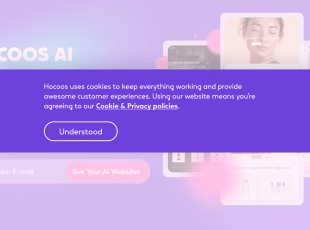
It’s vital you lay everything out clearly on your website, letting people know exactly how you plan to handle their information. It’s like saying, “We value and respect your privacy,” to each visitor, giving them peace of mind and confidence in your brand.
GDPR and Privacy Policies might not be the most exciting part of the content creation process, but no one wants to face legal issues or lose their audience’s trust. Your aim is to build a successful and respectable online space where everyone feels safe and respected.
12 – ANALYTICS & MEASUREMENT
Importance of Analytics
Let’s talk about the behind-the-scenes hero of any successful online content creation process – analytics! Sure, it might not sound any sexier than legal compliance, but trust us, keeping a close eye on your content’s performance is essential if you want to level up your online game. It’s about being in the know so you can make choices that will boost your site’s success based on actual data points, not just gut feelings.

Using analytics tools, you get a good look at the nitty-gritty of how your audience interacts with your site. Think of it as having a road map that shows you what’s hitting the mark and what needs a little tweak here and there, helping you understand things like how long people hang around on a page or if they click away quickly.
The Importance of Analytics is more than just numbers; it’s your ticket to a content creation process that is always growing, always improving, and totally tuned into your audience’s wants.
Tracking Key Metrics
If you want your content to really pop, you must know the right signs to watch for. Yep, we’re talking about those key performance indicators we mentioned before. You see, tracking things like how many people visit your page, how engaged your audience is, or how well you’re doing in SEO rankings allows you to peek into the different aspects of your content’s performance, from its reach to its impact.
For instance, high page views? That’s a pat on the back, showing your content’s got reach. Good conversion rates? You’re basically a content marketing superstar, inspiring people to take action. Plus, keeping tabs on SEO rankings and user engagement can give you an idea of how visible your content is and how it’s vibing with your audience.
Tracking Key Metrics is a powerhouse move in ensuring your own content marketing efforts and creation strategy are not just getting out there but truly hitting the mark and fulfilling your business goals. It’s all about steering your content marketing strategy based on real-deal insights.
13 – USER ENGAGEMENT & INTERACTION
The Role of Interactive Elements
Sprucing up your website with interactive widgets and other elements like chatbots, comment sections, or forums isn’t just a flashy move; it boosts user engagement to a whole new level. These powerful little additions shake things up, turning your website into a buzzing hub where information isn’t just a one-way street.
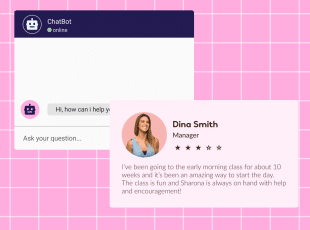
Picture this: a comment section that turns into a busy discussion ground, full of fresh views that generate topic ideas and insights that add new depth to your own content creation ideas. Or imagine chatbots standing ready, dishing out instant replies to curious site visitors, giving them the feeling of being immediately heard and helped.
The Role of Interactive Elements isn’t just about having cool features; it’s about building bridges, understanding what gets your audience ticking, and creating a space that’s alive with insights.
Maximizing Engagement
So, let’s talk about getting your audience to dive into your content rather than just glancing at it. It’s all about blending your interactive content and elements like chatbots, forums, and comment sections in the right way to make their experience good. For example:
Chatbots:These aren’t just about FAQs. They can be personalized to offer recommendations, guide users through your website, and even help them make purchase decisions. Comment Sections:It’s your audience’s stage to express, ask, and connect. Encourage them to share feedback or spark discussions that give you insights into their preferences and needs. Forums:These spaces can be molded into knowledge-sharing platforms, hosting expert discussions, webinars, or Q&A sessions that foster learning and deepen the relationship between your brand and its community. |
Maximizing Engagement isn’t just about having interactive tools; it’s about using them in just the right way to create conversations, foster friendships, and make your website a hub of all things exciting and engaging.
14 – SOCIAL MEDIA INTEGRATION
The Benefitsz
Leveraging social media within your content strategy is an incredible way to expand your content reach, get more organic traffic, and create vibrant user engagement. With social media, content can travel seamlessly between your website and the audiences of these various social media channels. This helps you become part of well-established online communities, drawing new visitors to your website.
But it isn’t just about reaching more people; it’s about supporting easier and more spontaneous interactions with your content. Social media platforms offer the tools for users to react to, comment on, and share your content, creating a ripple effect that can further help increase its visibility and impact.

The Benefits of Social Media Integration don’t just end with increased visibility; it’s a way to build a living, breathing community around your brand, expanding the reach, depth, and quality of your user engagement.
The Best Social Media Platform for Your Business
Creating an integration strategy for your social media posts requires a thoughtful approach. That’s because each social media platform caters to a particular demographic and type of engagement, offering different tools and environments for connecting with your audience. For the greatest chance of success, you need to work out which platform is best suited to your target audience.

Focus on figuring out where your ideal audience spends most of their time online and engages most actively. Whether it’s the professional environment of LinkedIn, the visual storytelling of Instagram, or the fast-paced dialogue of Twitter ‘X,’ your choice should reflect your audience’s preferences.
The Best Social Media Platform for Your Business is ultimately where your ideal audience hangs out online the most. Choose the right platform, create content to fit the environment, and enjoy enhanced reach and deeper engagement.
CONCLUSION
As we come to a close on this comprehensive guide, it’s clear that by following these steps, you can create a content management system that doesn’t just exist but thrives and fosters lasting connections.
Summary
By creating precise and captivating content, you lay the foundations for greater reach, ensuring that every piece of content meets a standard of excellence and is finely tuned to foster stronger relations with your existing audience while continuously drawing in new viewers.
Crafting compelling website content ideas is both art and science. Following these 14 essential guidelines will set you on the path to creating content that resonates with your audience and drives meaningful business results.
Next Steps for Your Business
Boosting your business reach in the digital world demands a flexible and adaptive content marketing strategy. A good place to begin is by trying out the tips shared above measuring their impact to discover deeper connections with your audience. You can also try checking out our SEO guide to make some essential improvements.
Perhaps you are ready to hit the ground running with these strategies but still need to get around to the tiring task of actually building a website to begin with. If that’s the case, creating your online presence should be priority number one.
This is where Hocoos comes in — a user-friendly AI website builder that takes the guesswork out of creating a professional website. Simply answer quick 8 questions and let the AI design and generate a website tailor-made for your business, complete with custom AI-written content.
Bring your ideas to life with Hocoos AI Website Builder. Our affordable premium package gives you access to every premium feature we have and includes a free custom domain with the annual plan. Hocoos even hosts your website for free.
So, what’s stopping you? Take the first step towards business growth with an adaptive strategy and website that truly represents your brand, all created effortlessly with Hocoos AI.
FAQs
How often should I update my website content?
You should consider revisiting core pages every 3-6 months to make sure that your content aligns with the latest trends and audience expectations. Not only keeps your visitors engaged but also enhances your SEO performance by telling search engines that your site is active and up-to-date.
Is video really important for content creation?
Absolutely! Video content marketing is a great way to boost user engagement and improve your search engine ranking. It provides a compelling and memorable way to convey information. Also, search engines like Google increasingly prioritize websites that integrate video.
How do I perform A/B testing on headlines?
A/B testing for headlines involves experimenting with different versions of your headlines to work out which one resonates best with your audience. Use free tools to test various aspects of your headlines, such as wording, length, and tone, refining your content strategy to enhance user engagement.
What are some good SEO tools for keyword research?
Google Keyword Planner provides valuable insights into keyword research trends and search volume for your content marketing. Ahrefs and SEMrush offer comprehensive keyword analysis and competitive research features, helping your keyword research identify the most strategic and relevant keywords for your content.
Do I need a mobile-friendly website?
Absolutely! Even if most of your audience may use desktop devices, search engines like Google prioritize mobile-friendly sites for all users. Having one ensures that your website delivers a consistent and user-friendly experience, regardless of the device your visitors use.
FOLLOW us




